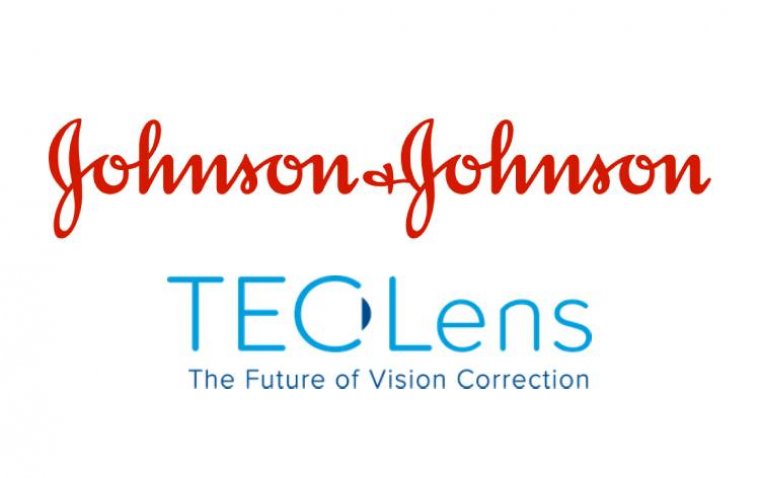
Johnson & Johnson Invests in Refractive Technology Start-Up TECLens
Johnson & Johnson has recently finalized a strategic investment in TECLens, a pioneering start-up focused on advancing nonincisional refractive correction technology through corneal cross-linking (CXL). The investment, part of a co-leading effort in TECLens' Series A funding round, underscores Johnson & Johnson's commitment to innovative solutions in ophthalmology.
Financial details of the transaction have not been disclosed.
Innovative Approach to Refractive Correction
In a statement released by Johnson & Johnson, the company expressed enthusiasm for TECLens' approach, which offers a noninvasive alternative to traditional corneal reshaping procedures like laser ablation. TECLens utilizes quantitative corneal crosslinking (qCXL) technology in conjunction with its proprietary CXLens® device. This method delivers UV-light directly to the eye via a fiber optic-connected scleral contact lens, personalized with a computationally optimized UV pattern and riboflavin (vitamin B2) dose tailored for each patient.
Advancing Precision and Comfort
According to Johnson & Johnson, TECLens' technology enables real-time monitoring of the correction process using ultrasound, ensuring precise outcomes. The approach aims to broaden the scope of refractive solutions available, particularly for patients who may not be suitable candidates for existing treatments or seek alternatives to invasive surgeries.
Dr. Juan Batlle, Jr., participating in TECLens' keratoconus pilot clinical study, commented on the comfort and effectiveness of the CXLens device: "The procedure has been remarkably well-tolerated by patients, with significant improvements in both visual and refractive outcomes observed, while stabilizing corneal ectasia."
Expansion into Various Conditions
TECLens initially targets presbyopia as its primary indication, with potential expansions into treating conditions such as keratoconus, low-order myopia, hyperopia, and astigmatism. The company is preparing for its first clinical studies to evaluate the efficacy of its one-time vision correction treatment.
Johnson & Johnson anticipates that TECLens' advancements could potentially expand treatment options for patients, including those progressing towards presbyopia-correcting intraocular lenses (PC-IOLs) in the future.
(1).jpg)










